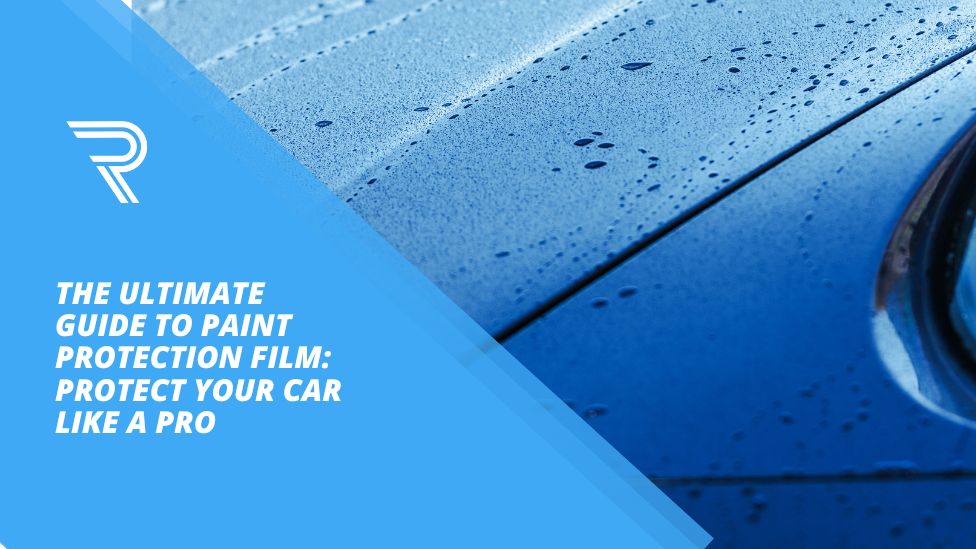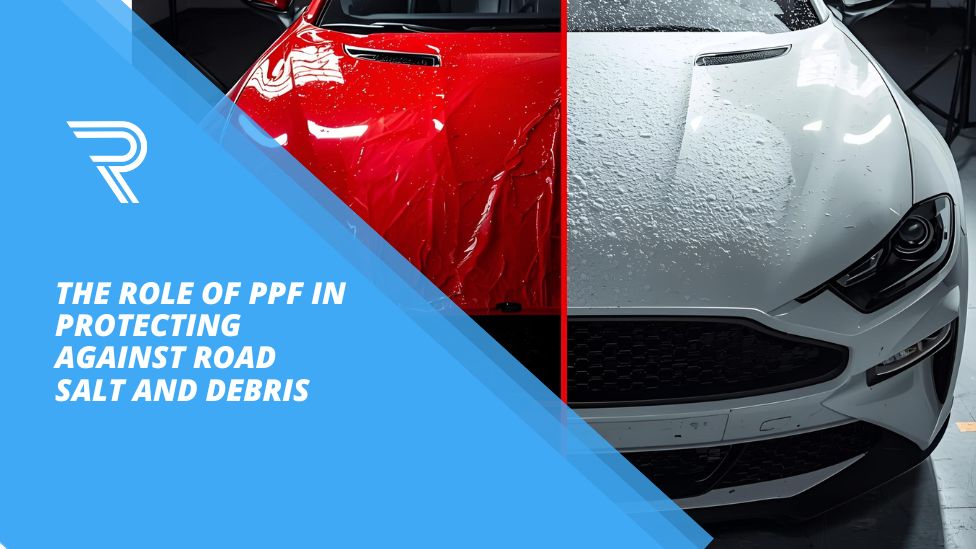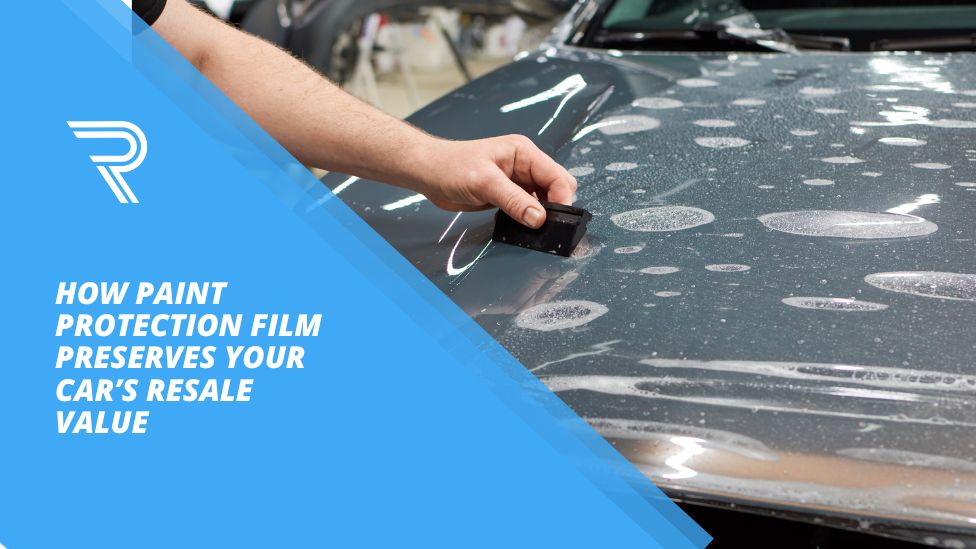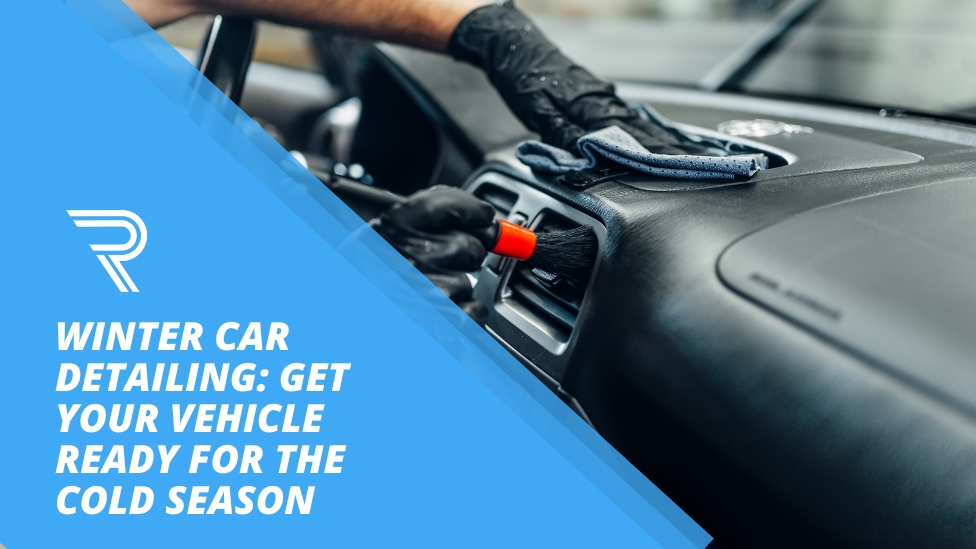When temperatures drop, most drivers think about winter tires and antifreeze—but there’s another critical step: winter car detailing. Prepping your vehicle before the cold fully sets in protects it from road salt, slush, and grime, helping it stay functional and sharp through the harshest months.
This guide breaks down essential detailing steps to keep your car protected inside and out this winter.
Why Winter Detailing Matters
Cold weather puts your car under constant stress: freezing moisture, corrosive salt, and muddy road conditions. Left untreated, these elements can dull your paint, corrode metal, and even affect performance.
Detailing acts as protective armor—keeping paint, wheels, glass, and interior surfaces in good condition while ensuring safe visibility and smoother upkeep.
Step 1: Deep Clean Before the Freeze
Start with a full wash—not just a quick rinse. Use decontamination products like iron and tar removers to eliminate stuck-on grime, bugs, and sap.
Pay special attention to the undercarriage, where salt and debris collect, leading to hidden rust if ignored.
Step 2: Protect the Paintwork
Once clean, seal the paint with a high-quality synthetic sealant or wax. For maximum durability, consider a ceramic coating—it resists chemicals, salt, and temperature swings better than traditional wax.
Step 3: Care for Wheels and Tires
Winter roads are tough on wheels. Clean them thoroughly with a pH-safe cleaner and soft brushes, then apply wheel sealant to resist salt corrosion.
For tires, use a rubber-safe cleaner followed by conditioner to prevent cracking in freezing weather.
Step 4: Guard the Undercarriage
The underside of your car takes the most damage in winter. Apply a rust inhibitor or underbody sealant to shield the exhaust system, suspension, and frame from salt and moisture damage.
Step 5: Winter-Proof the Interior
Snow, slush, and mud quickly ruin interiors. Vacuum thoroughly, apply fabric protectant or leather conditioner, and install rubber all-weather mats to trap dirt and moisture.
Also, treat dashboards and trims with UV-safe protectant to prevent cracking from heated cabin air.
Step 6: Clear Glass and Mirrors
Visibility is critical in icy conditions. Clean all windows and mirrors with a streak-free glass cleaner, then apply a water-repellent treatment to help snow and rain slide off.
Upgrade to winter wiper blades and use freeze-resistant washer fluid for maximum safety.
Step 7: Refresh the Engine Bay
Clean under the hood with a gentle degreaser and soft brushes—avoid harsh spraying. Once dry, apply a conditioner to rubber hoses and plastic covers to prevent brittleness.
Step 8: Stock an Emergency Kit
Even the cleanest car needs backup for winter surprises. Keep essentials in your trunk:
-
Ice scraper & snow brush
-
Jumper cables
-
Thermal blanket
-
Portable shovel
-
Road salt or traction aids
-
Flashlight with spare batteries
Step 9: Maintain Mid-Winter
One full detail won’t last the whole season. Rinse your car every few weeks to wash away salt and reapply a spray sealant or ceramic booster to maintain protection.
Conclusion
Winter detailing goes beyond shine—it safeguards your car from some of the toughest seasonal conditions. With protective steps for paint, wheels, glass, interior, and undercarriage, your vehicle will stay resilient, safe, and great-looking all season long.
Whether you DIY or hire a professional, winter detailing is a smart investment in both your car’s appearance and performance.




